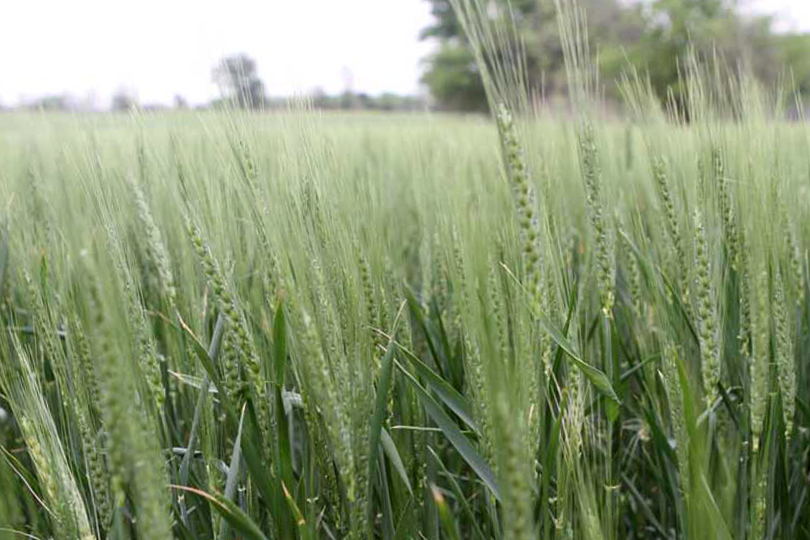By Jennifer Dorsett
Field Editor
As summer moves into fall, winter wheat planting generally begins on the Texas Rolling Plains.
But some area farmers are considering different crop alternatives, according to Wichita County farmer Barry Mahler.
“They’re looking for an alternative because with the markets that we’re seeing on wheat, it just won’t work for us anymore on the Rolling Plains,” he said. “That’s a shame, because hard red winter wheat and Rolling Plains of Texas were well-suited to one another in the past, but it has been a crop that we’ve relied on for a long time.”
Now, many farmers are considering grain sorghum–some for the first time. Mahler noted recent developments in sorghum varieties and herbicide technology may make the crop a more viable option for the area than before.
However, the availability of the new sorghum technologies will have to be readily available and prove reliable over large acreage first, he added.
“The grassy weeds in sorghum have always been a problem for us,” Mahler said. “We have grassy weeds, and once you get it planted, you just can’t seem to get them out of there because there was nothing that would go in and kill the grass and not hurt the sorghum. So, as that technology becomes more available and is more proven, I think that’s going to take a big block away, and I think people will look more and more at it.”
But lower market prices are the main driver for alternative crop choices, according to Mahler.
“Price is the number one thing. We’ve been pretty steady around that $4 per bushel cash range here across the Rolling Plains for a long time, and that just won’t work,” he said. “A 40-bushel crop is a pretty good crop, but the gross on that’s about $160 an acre. If you can raise 3,500-pound sorghum as a rotation crop, actually the gross on that at the current market is about $186 per year. They have similar input costs, so that could bring some big benefits.”
Another factor contributing to the search for alternative crops is that grazing cattle on wheat is not leading to as much weight gain as in the past or at least not as efficiently as before.
“I think in a lot of times they’re gaining as much weight, but that gain is not worth as much,” Mahler said. “Cheap grain brings cheap gain, and it gets to be more economically feasible to put that weight on in the feedlot with grain than it does grazing them out in the country. And of course, the feedlot’s always a more manageable situation, or the cattle are a little easier to take care of than they are spread out across the country.”
He does not expect winter wheat to disappear completely from crop rotations, however.
“We’re not about to go out of the wheat pasture cattle business in the Rolling Plains, it’s just that the margins on it are not that good right now,” Mahler said. “And we hope that’ll change, and it’ll come back. We think it will. But in the meantime, the grazing segment is going to still be there, but it’s just not the income producer that it was from years past.”

